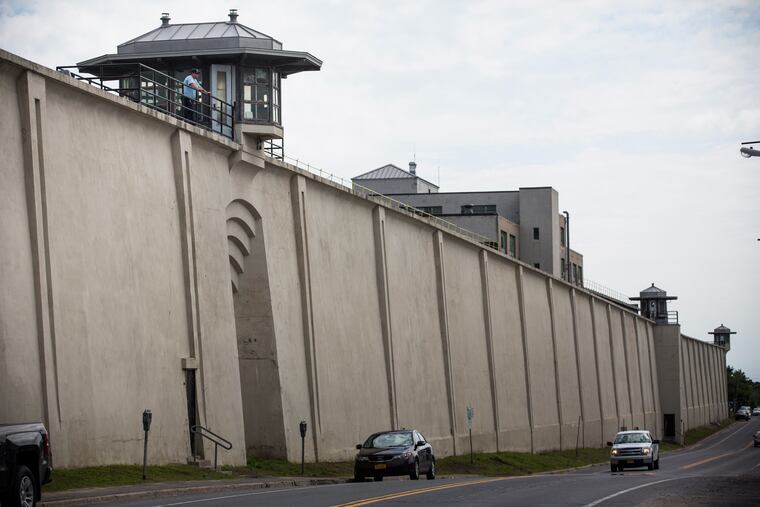Incarceration has always threatened health. COVID-19 just worsened the problem. | Opinion
During the pandemic, jail populations—largely poor people who can’t afford bail—have been some of the hardest hit by the virus.

During the pandemic, jail populations—largely poor people who can’t afford bail—have been some of the hardest hit by the virus.
